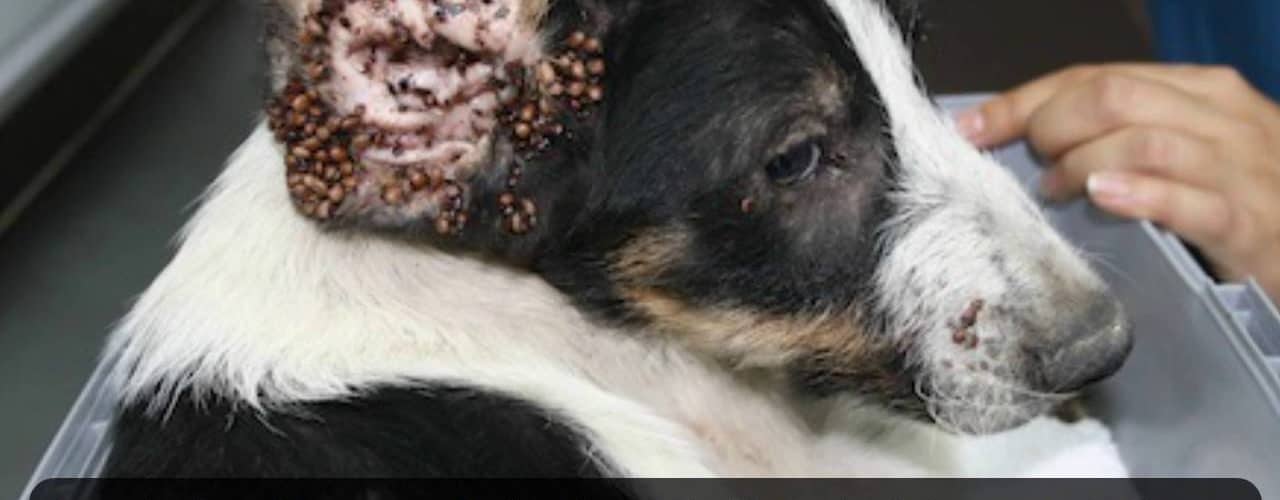If you have found a tick on your dog, you are sure to be searching for information on how to kill the tick that is attached to your dog. It’s always best to remove a tick from your pet as soon as it is found to ensure your dog’s health.
Contents
Ticks – What Are They?
Ticks are parasites that feed on warm blooded animals by inserting their heads into the host (your dog) and drinking their blood. When the tick drinks the blood, its body swells up and gets bloated. Ticks are known to carry and be able to infect their hosts with diseases, such as Lyme’s Disease. Ticks need to be removed from your pet as soon as they are discovered.
Here is how you remove ticks on dogs once you find one attached to your pet.
Tick Removal
First of all, you’ll need to have tweezers, a seal-able plastic bag, cotton swabs or cloth, and some witch hazel. Rubbing alcohol may be substituted for the witch hazel, however, the alcohol will burn or sting your pet more than the witch hazel.
With the tweezers, grasp the tick as close to your pet’s skin as possible trying to avoid your pet’s fur. Do not squeeze the body of the parasite as toxins can be refluxed back into your pet through the tick. Pull quickly and smoothly in an outward motion to remove the tick. Place the tick inside of the plastic bag and seal. Inspect the tick carefully to determine if the head of the parasite was full removed or if a portion was left. If the head was not removed with the body of the tick, gently remove it with the tweezers and place the remains in the plastic bag.
Gently swab witch hazel at the wound site to remove any bacteria left by the tick. You will also want to clean the tweezers thoroughly with witch hazel.
Watching the Wound Site
You will want to check the wound site to ensure no infection sets in. If the wound site hasn’t healed in a few weeks, has pus that appears, or has a foul odor, it’s a good idea to bring your pet in to the veterinarian for a check up.
Signs and Symptoms To Look For In Your Pet
Bring the plastic bag with the removed tick to your veterinarian. He will be able to tell you if you should have a concern for your pet in regards to tick related diseases.
Some of the signs and symptoms to look for if you suspect the tick was diseased are occasional lameness and irritability in your pet. Fever and/or a loss of appetite may also be symptoms that you should be concerned with. If you see any of these symptoms, bring your dog immediately to the veterinarian.
Prevention Treatments
While there are many topical repellents, dips, sprays, and tick collars available for purchase, here is an easily prepared treatment you can give your dog to prevent future ticks from attacking.
Mix 1 tablespoon of almond oil and some rose geranium oil, about 10 drops. These ingredients can be purchased at any health food store. Apply the oil mixture onto your pet from his neck all the way to the base of his tail. Reapply approximately once a month or, if you live where ticks are common, every other week.
Other Prevention Information
To prevent ticks from attacking your pet, you should also keep any landscaping areas clipped short and clear of brush. Prune trees well to allow more sunlight in. Spraying green areas with a flea and tick repellent will also help assist in the prevention of ticks attacking your pet.



